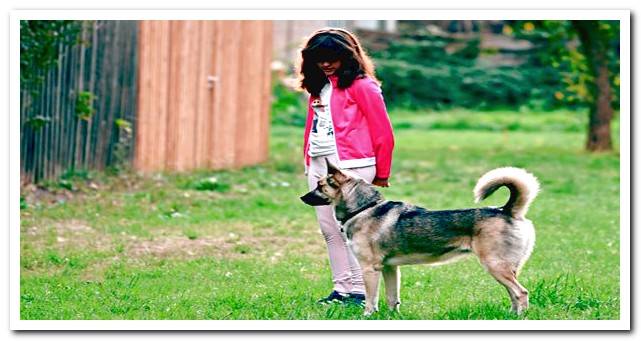
For some years now, dog therapy has become an effective and proven method to help improve many types of pathologies of a psychological nature.
In this article we talk about how and why this type of therapy works, what breeds are used, what their training is and the advantages that can be seen with a few sessions.
Index of contents
- 1 In which cases is canine therapy applied?
- 2 How does dog therapy work?
- 3 Advantages of this type of therapy
- 4 Therapy Dog Training
- 5 What are the best races to do therapy?
In which cases is canine therapy applied?
This type of therapy in which the dog is the protagonist, is being applied with great success in the vast majority of problems that affect the psychological, affective and emotional balance.
For example, depression, environmental adjustment problems, autism, abuse, social exclusion, drug addiction, abandonment, conduct disorders, loneliness, isolation and even Alzheimer’s.
The number of cases in which dog therapy favors the recovery of the patient or person to be treated is really large. Thanks to somehow going back to our origins with animals, these types of treatments are proving highly effective.

How does dog therapy work?
The therapy is applied in many ways, depending on the psychological pathology or social or behavioral problem that we wish to address.
For example, in children who require specialized care after an operation, whose recovery will be slow and progressive, animal therapy facilitates their motivation to regain lost mobility or motor skills.
In these cases, the child feels more motivated to be responsible for their care. In addition, this helps him regain his mobility, having to take care of him, brushing him, playing with him, feeding him, etc.
In more complex situations, such as autism, children who have been abused or abused, or lack self-esteem for some reason, dogs are great at helping them regain their sense of worth.
The mere fact of relating to the animal gives them a very different vision of the world they have had so far, feeling part of it and taking responsibility for their actions.
Advantages of this type of therapy
In the analyzes extracted from studies carried out to determine what real benefits are obtained from therapeutic work with the help of dogs, the following results can be seen:
- The dog is not conditioned for any pattern of behavior that may interfere with their communication with the patient. His attention span and the constancy with which he performs his function are greater.
- The animal don’t pretend. It is shown as it is, so that it transmits a purity and honesty that make communication with the patient authentic. They are a living example of self-esteem, given that they show us how to love and be loved without the need to stop being ourselves.
- Dogs use non-verbal language, which helps to enhance empathy and the ability to perceive other people’s feelings.
- The dog, and especially the therapy dog, seeks as a general rule and by nature calm and the equilibrium wherever you are.
- The animal lives in the moment, helping the patient to regain his sense of the present, taking him out of his possible past trauma, promoting with his attitude and natural grace, a happiness state.
Therapy Dog Training
Before training a dog for therapy, he had to go through an exhaustive selection in which the character, temperament and physical and cognitive abilities of the animal were evaluated.
Once you have successfully met all the necessary requirements, you are assigned to a specialized trainer, who will guide you throughout the training process.
The main function of the trainer will be to establish a close bond with the animal and then he will proceed to simulate all the situations that he will have to face in the future, obtaining from him the appropriate reaction to each one of them.
The training time can vary between a couple of months or a few more. This will depend on the type of therapy the dog is intended for.
What are the best races to do therapy?
There are no better or worse races for this type of therapy, although it is true that some are more susceptible to being used for this type of work.
The determining factors are size and temperament and not the breed itself.
In this sense, some races are more frequent to be seen in such therapies; as is the case of Golden retriever or the Labrador.
